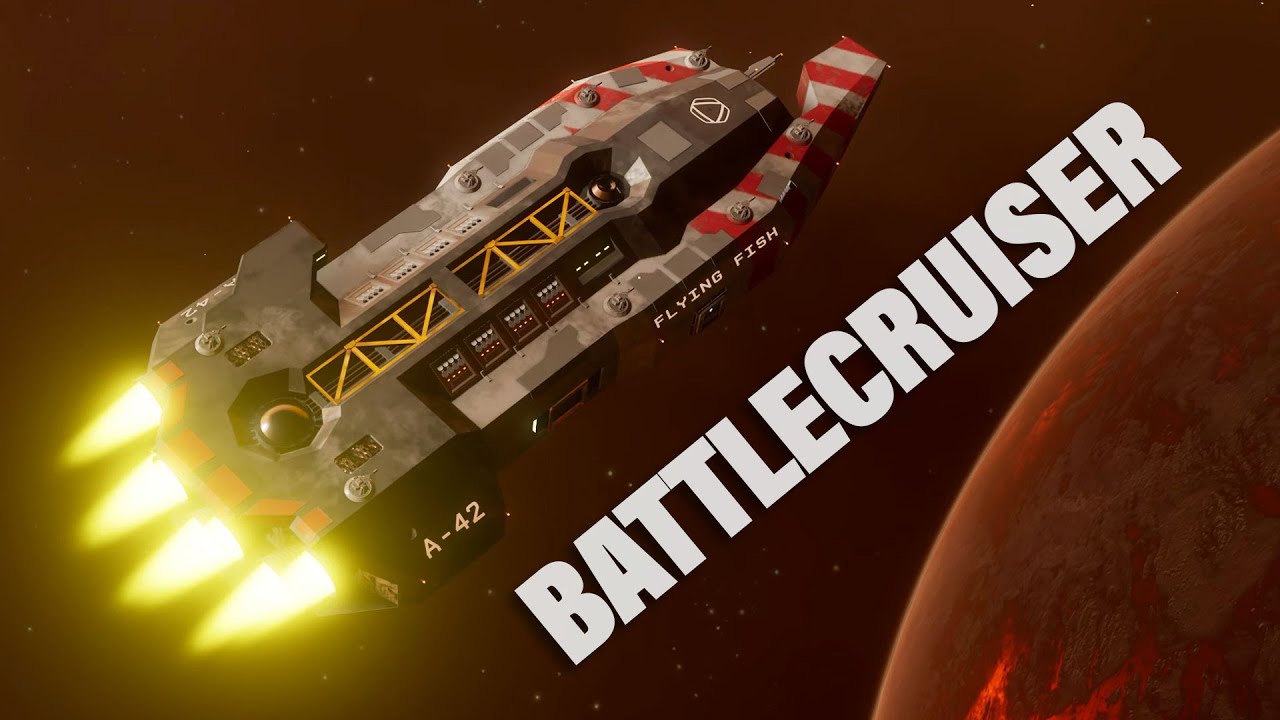In Devlog #16, the creators showcase the development progress of their space game in Unreal Engine 5, introducing a new battlecruiser model with unique features for large-scale ship combat. They discuss ship creation workflow, radar enhancements, movement combat demo progress, and upcoming features, inviting the community to engage with the game concept and collaborative storytelling on Discord.
In Devlog #16, the creators showcase the development progress of their space game built on Unreal Engine 5. They introduce a new battlecruiser model with eight sea wiz turrets and eight missile pods, designed for large-scale ship combat. The ship’s movement mechanics emphasize its mass and sluggish turn rates, offering a different gameplay experience compared to smaller, more agile ships. The developers aim to balance gameplay between small and large ships to provide players with diverse options without feeling pressured to constantly upgrade.
The workflow for creating ships involves modeling in Blender, placing sockets for components, and using a system developed by Rich to easily apply turrets and other ship elements. A new feature adds names, logos, and hull numbers to ships for added personality. The Discord community has been updated with a collaborator section, showcasing contributions to the game. The lore section provides insights into the naming and backstory of the game, engaging players in the creative process.
Rich discusses radar enhancements, including a radar signature system that determines how detectable objects are on radar. Ships, space stations, and other entities will have signatures that change based on their actions, allowing for stealth gameplay mechanics. The radar’s visual representation is being improved with gradient rings drawn using shaders for efficiency. Actors are being converted to use data assets, streamlining the workflow and enhancing organization within the project.
The movement combat demo is progressing with the development of a level using Unreal Engine 5 tools like level instancing and World Partition. These tools aid in creating a dynamic and efficient game world with scalable assets. The radar system is expected to have a significant impact on gameplay and level design, providing valuable insights for future development. The creators are excited about upcoming features and new team members joining the project, promising further advancements in the game’s development.
The Devlog concludes with an invitation to explore the game concept and engage with the community on Discord. The new lore section encourages collaborative storytelling, adding depth to the game’s universe. The creators express gratitude to their audience and anticipate sharing more updates in future Devlogs, highlighting the ongoing progress and innovation in their space game development journey.
